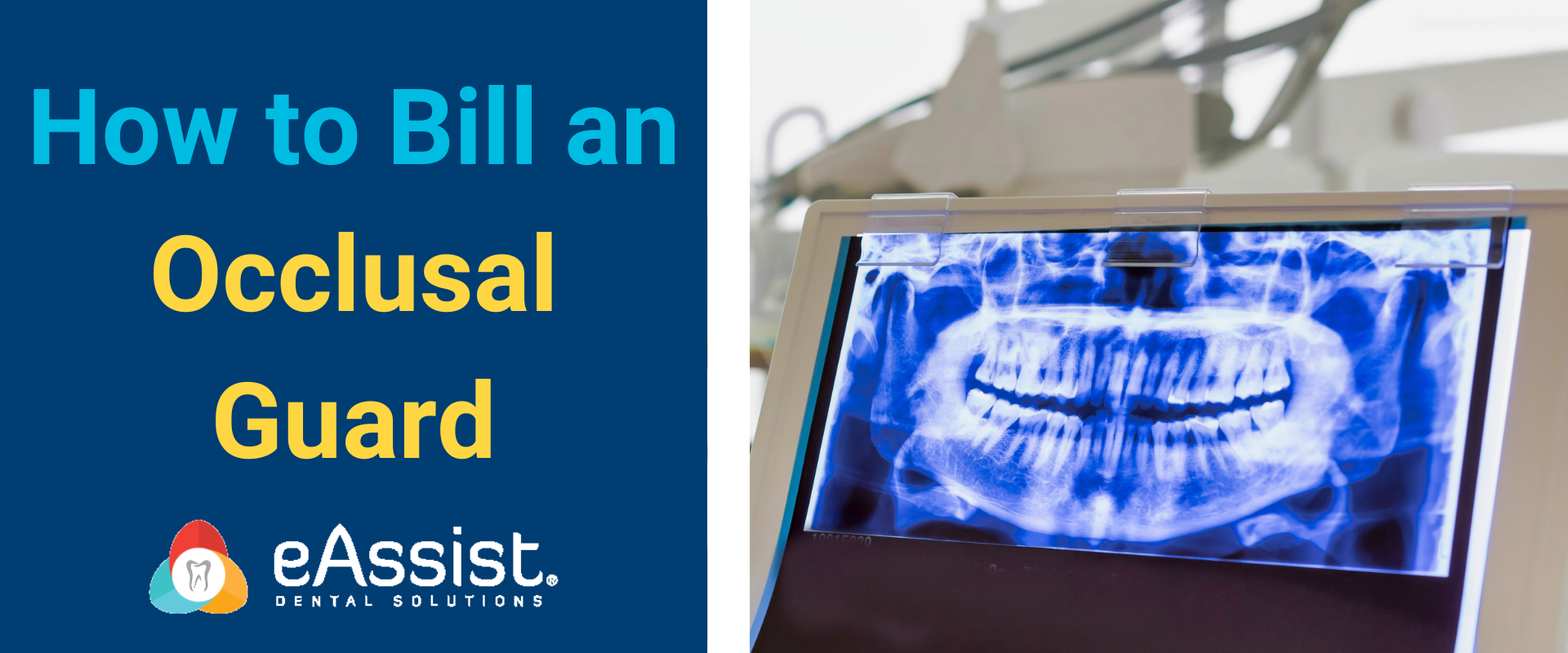Technology today is requiring many patients to access your website and can contact your practice via email to set up appointments and to get relevant information. The email communication between multiple providers involved in a patient’s care has become standard for most of practices. Being able to send referrals, pre-and post-operative reports, biopsy reports and digital images immediately instead of relying on “snail mail” not only has improved the timeliness but also the accuracy of record exchanges.
To write effective emails in a dental practice setting, first ask yourself if you should be using email or if it is better to pick up the phone. If a patient has contacted you via email and has requested a specific time to be scheduled and that doesn’t work for you, would it be prudent to email another time (s) or to call? Since email is usually not synchronous, it would be better to call.
Many people avoid the phone because it is just not as convenient as email, but customer/patient service may be hindered in the process. There is the assumption that someone has received and read your email when they haven’t. In one practice, a patient had indicated on her intake form that she wanted to be reminded of her appointments by email only. When she did not respond with a confirmation email answer it was assumed she would show for her appointment. She did not show up. When she was called, she apologized, and she said, “She doesn’t always check her email.”
Representing the dental practice is just as important via email as it is on the telephone. Emails reflect your professionalism as they are of the doctor and the practice. Well written emails that are concise and to the point, polite, and instruct the patient as to what is expected of them are important to building rapport. Absent from email is assessment of vocal tone, body language, and facial expressions, necessary components for “reading” a person’s intent. Your choice of words, sentence length, punctuation, and capitalization can be misinterpreted without visual and auditory cues.
While email is something most of us do daily, it takes more careful thought and editing before hitting “send” to the patient.







0 Comments